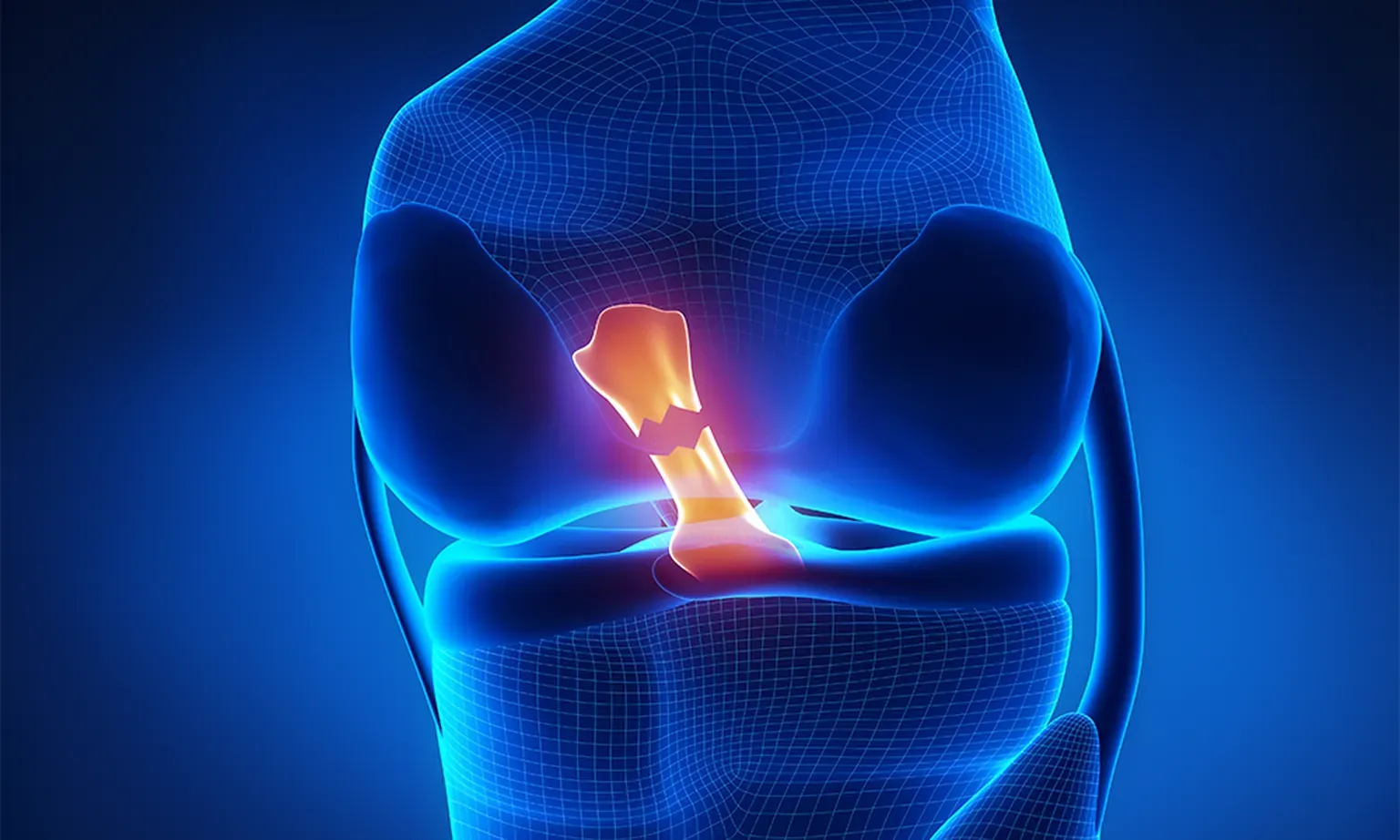ACL Tears

The anterior cruciate ligament (ACL) is injured more frequently than any other ligament in the knee. When you sustain an ACL tear, there’s a good chance you need reconstructive surgery performed by Paul Codjoe, MD. While Dr. Codjoe provides conservative treatment when possible, a torn ACL often needs reconstruction to restore maximum strength and knee stability. To schedule an appointment, call the New Jersey office nearest you in Hamilton, Princeton, or Lawrenceville, or contact the office in Langhorne, Pennsylvania. You can use the online booking feature.
ACL Tears Q & A
What causes an ACL tear?
The ACL runs through the center of your knee joint, where it connects to the back of your thigh bone (femur) and the front of your shinbone (tibia).
The ACL’s primary job is controlling the forward movement of the tibia, ensuring the tibia doesn’t move too far away from the femur. The ACL also gives the knee joint rotational stability.
ACL tears typically occur while playing sports, especially basketball, football, soccer, and downhill skiing. While the ligament can tear from a blow to the outside of your knee, this type of injury most often occurs when you perform movements such as:
- Making a sudden stop
- Pivoting or sidestepping
- Changing direction quickly
- Slowing down while running
- Landing a jump incorrectly
- Overextending your knee
Women athletes are 2-4 times more likely to sustain an ACL tear compared to men.
What symptoms occur due to an ACL tear?
You may hear or feel a pop when the ACL tears. Most people experience one or more of the following symptoms:
- Pain
- Swelling
- Knee instability
- Knee buckling
- Joint tenderness
- Difficulty moving or using the knee
Swelling appears within 24 hours and, even without treatment, goes away in 2-4 weeks. After the swelling resolves, you may still have joint instability that increases your risk of another injury.
About half of people who tear their ACL sustain other injuries in the knee joint at the same time. Two of the most common include tearing the medial collateral ligament and damaging the meniscus.
How is an ACL tear diagnosed?
Dr. Codjoe reviews your history, talks with you about your symptoms, and does a thorough physical exam. He often performs X-rays to rule out a fracture or an MRI to get a detailed image of the ACL.
Several diagnostic techniques confirm an ACL tear. For example, Dr. Codjoe conducts stress tests to detect unexpected movement in the joint. He may also use devices called arthrometers that apply force to the tibia while measuring the movement of the tibia from the femur.
How is an ACL tear treated?
Whenever possible, Dr. Codjoe begins with conservative treatments such as bracing and physical therapy. If you have a partial ACL tear, the knee joint is stable, and you don’t want to return to competitive sports, you may only need conservative therapies. However, a ruptured ACL won’t fully heal or regain optimal strength without surgery to reconstruct the ligament.
During an ACL repair, Dr. Codjoe replaces the ligament with a tendon that may come from your body or a donor graft. He anchors the tendon in your tibia and femur, recreating the position, angle, and strength of the original ligament.
If you have symptoms of an ACL tear, don’t wait to seek help. Call Paul Codjoe, MD, or book an appointment online today.